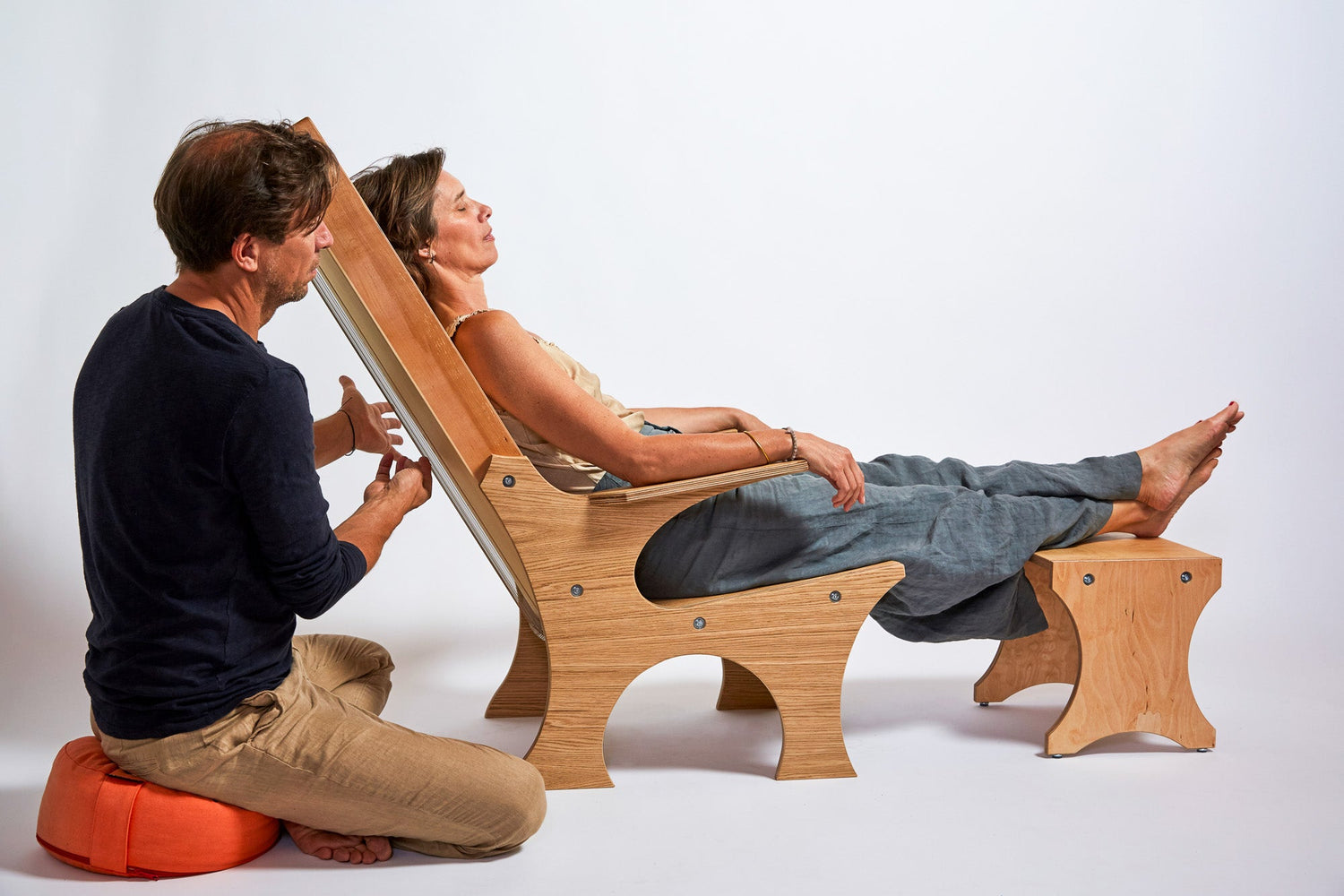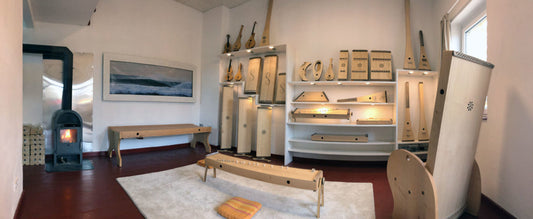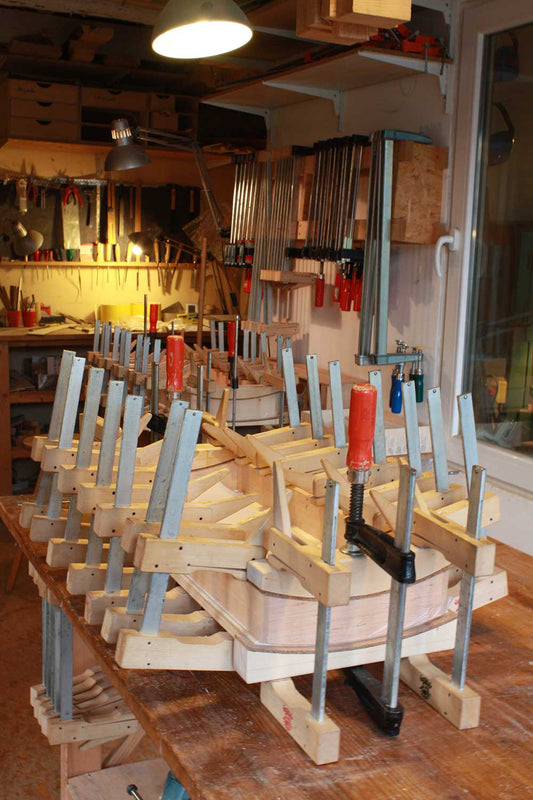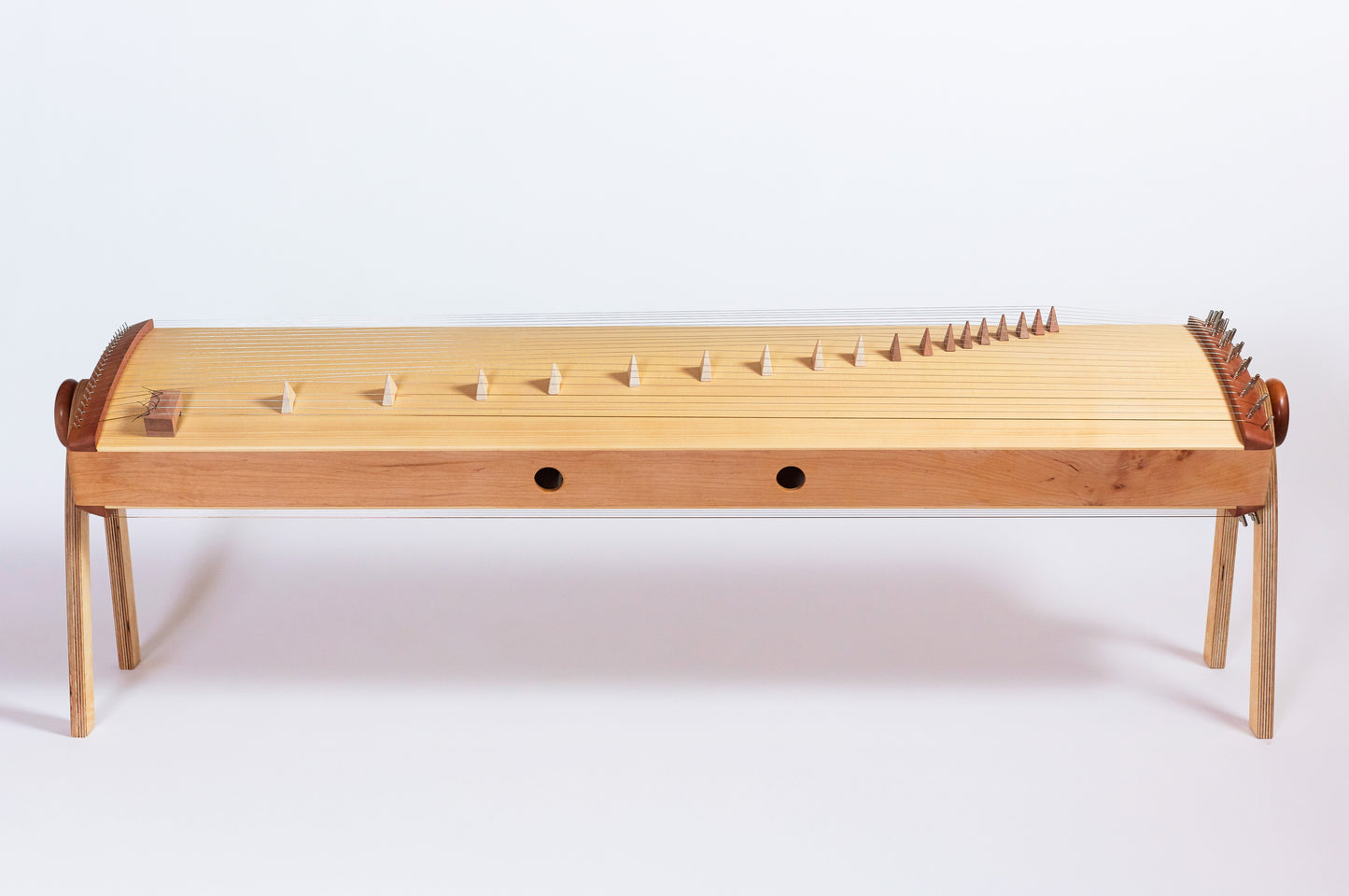
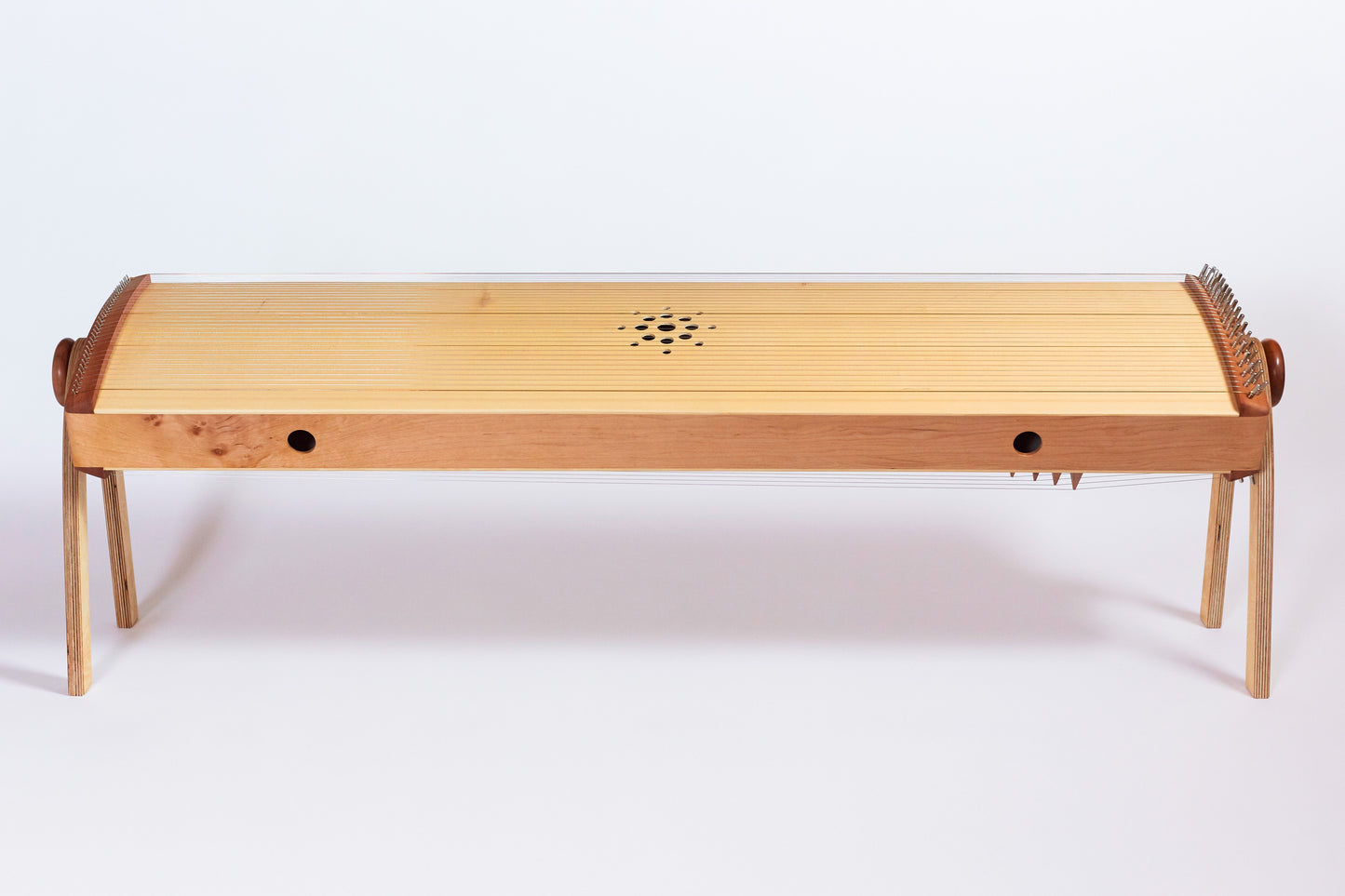
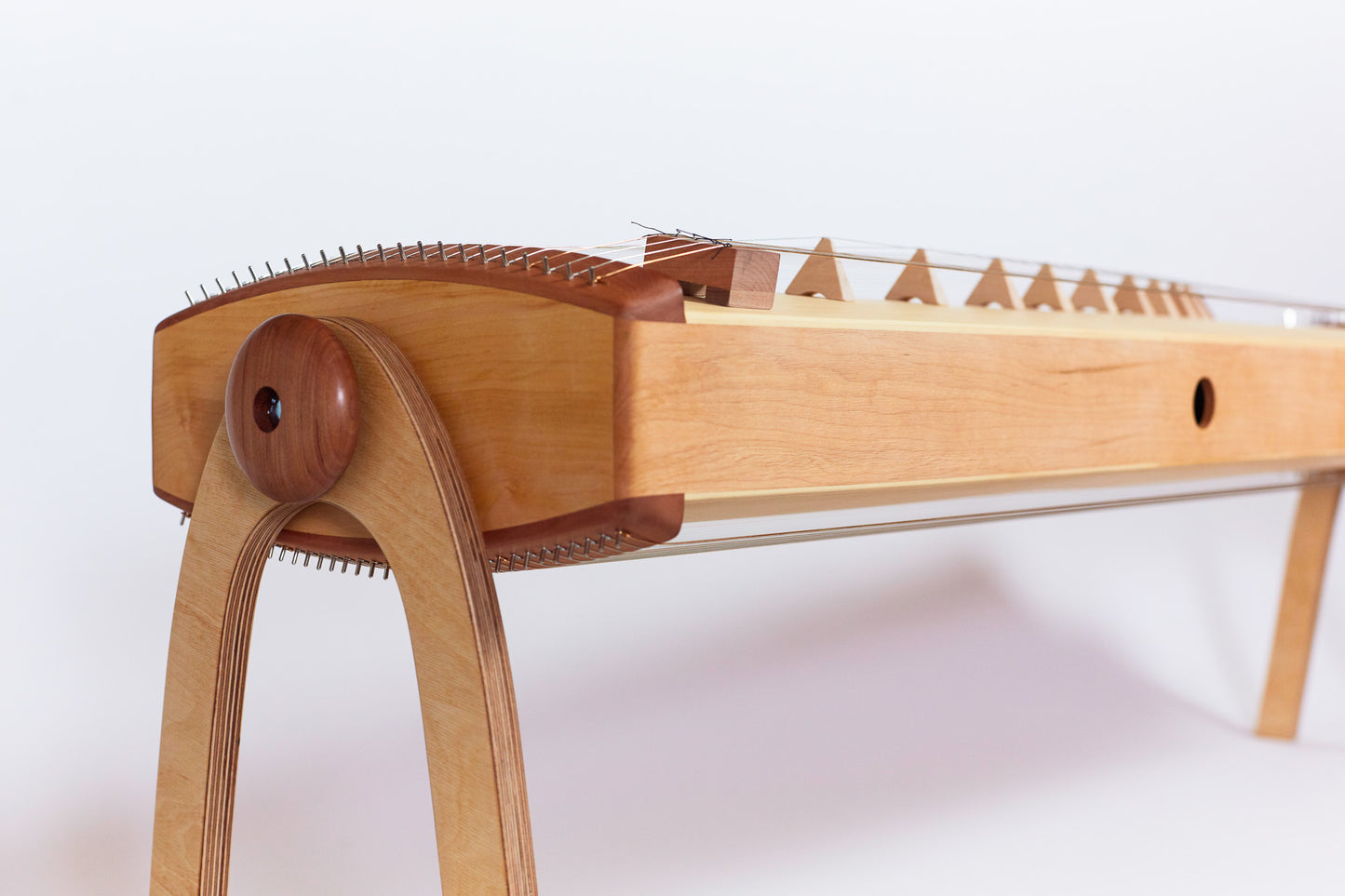

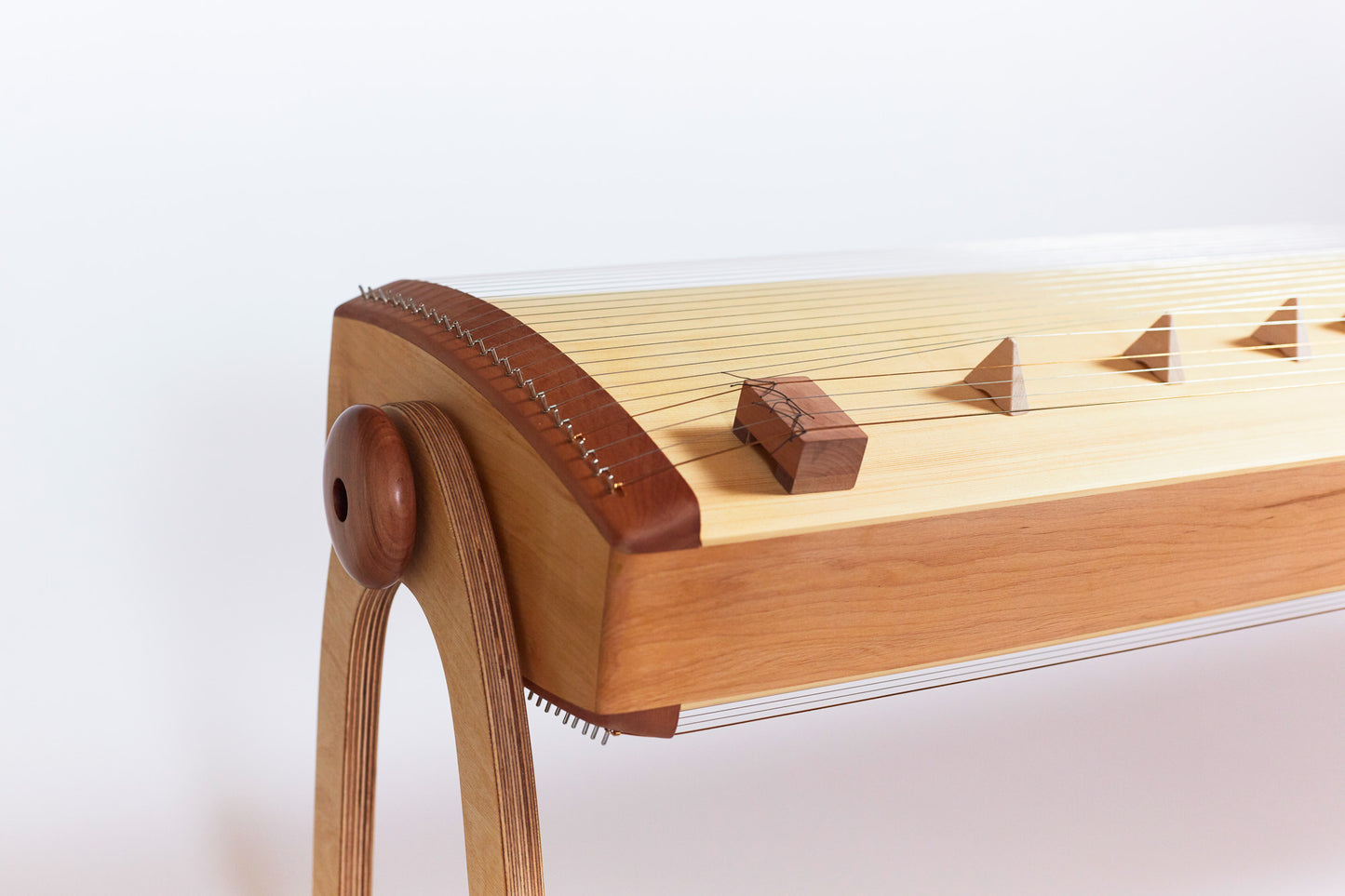
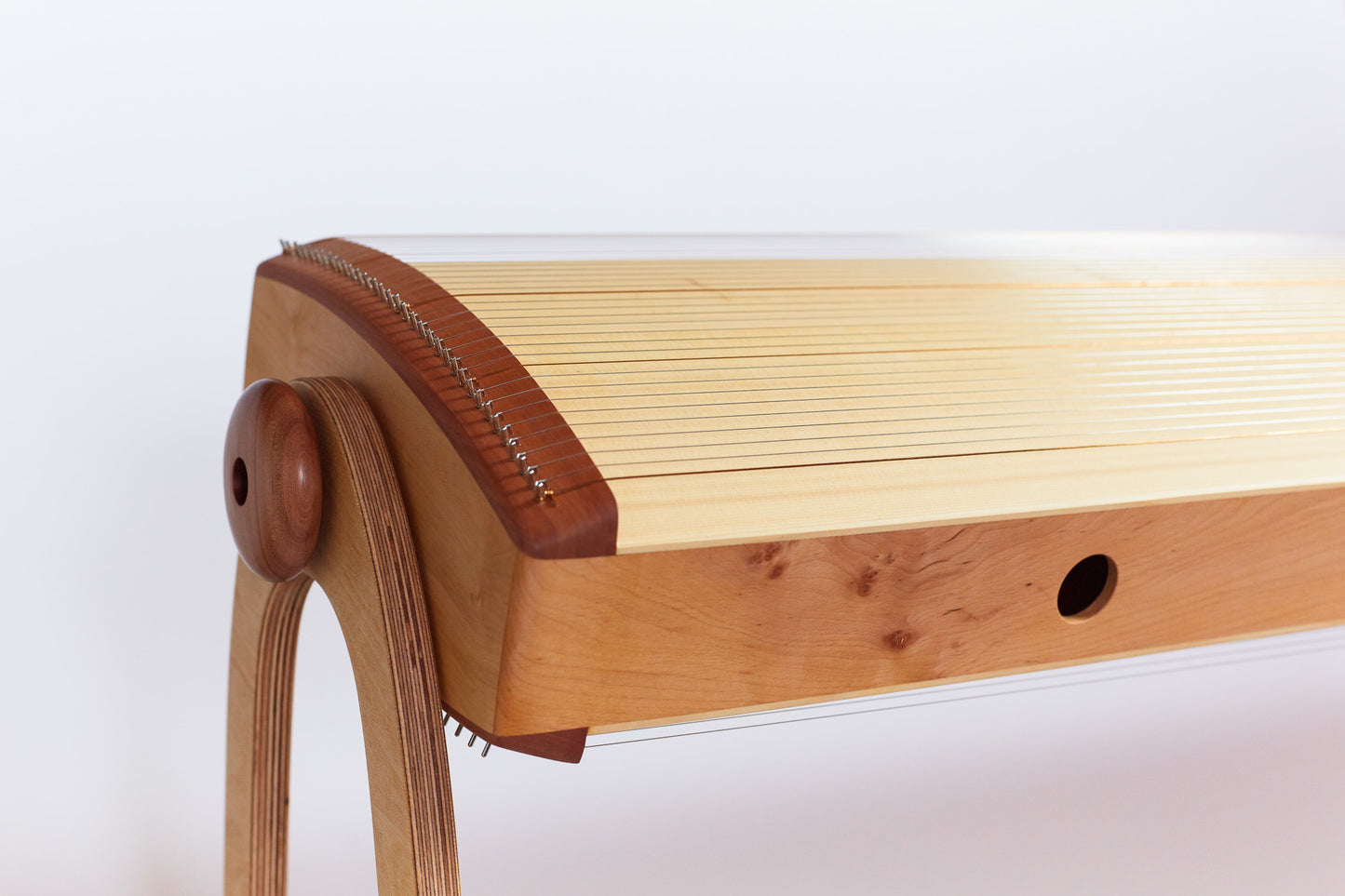
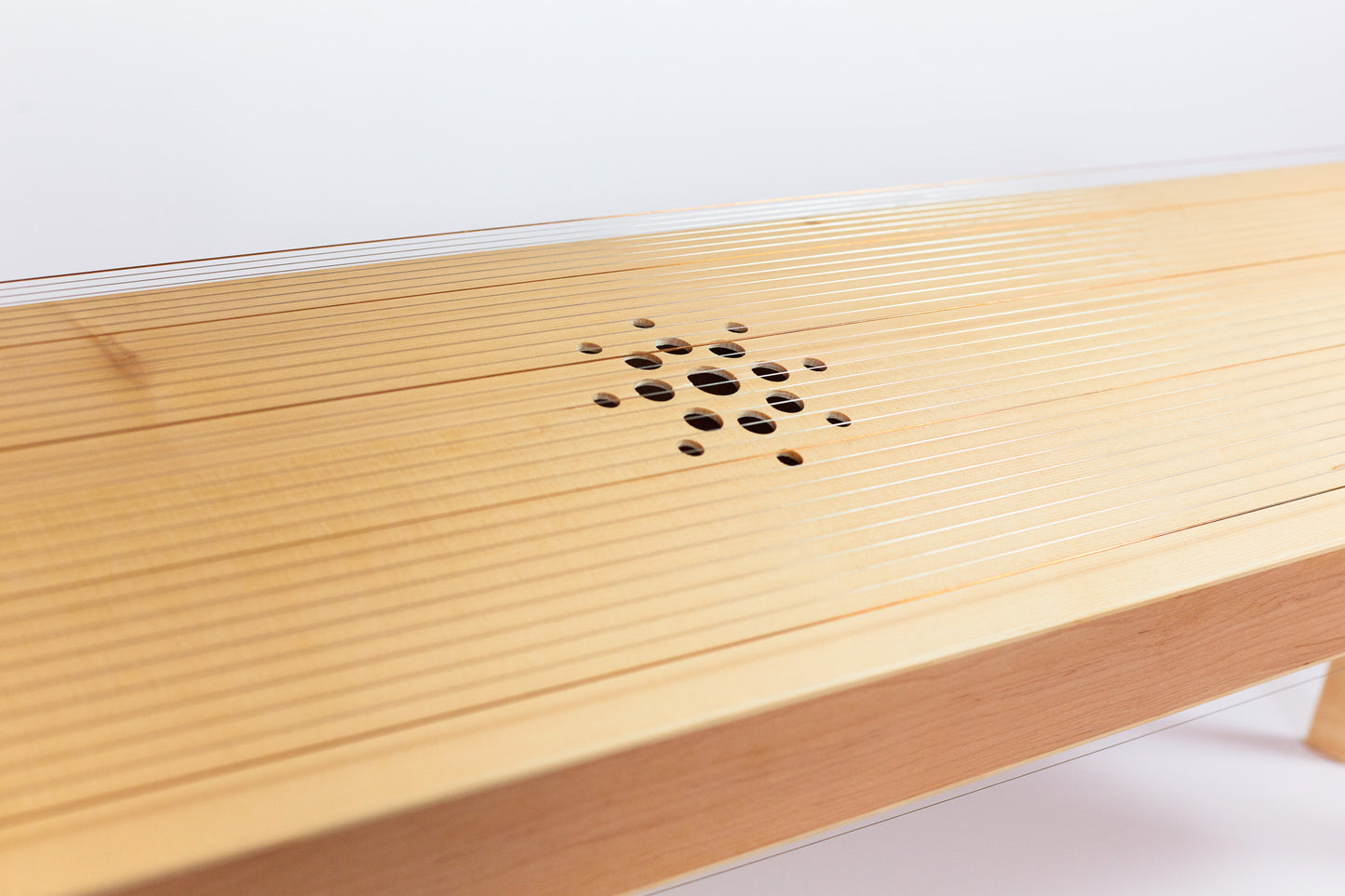
Shipment
We ship our instruments and accessories to Germany, Europe and worldwide.
The payment methods are advance payment via bank transfer, PayPal and credit card.
We ship the ordered items within 2-3 weeks of receiving payment. Unfortunately, we cannot keep any instruments in stock because there are so many different types.
The shipment of the instruments is covered by our transport insurance. Please check for any damage immediately upon receipt and document any damage promptly.
Wie groß ist der Unterschied zwischen Premium und Standardoberfläche?
Die Premiumoberfläche wird 3-4 x geölt, zwischengeschliffen und poliert. Dadurch ist sie noch etwas robuster und die Oberfläche ist sehr glatt und hat einen etwas stärkeren Glanz. Wir empfehlen diese Behandlung allen, die planen das Instrument viel zu transportieren.
Die Standardoberfläche wird nur 1 x geölt und poliert, hat aber auch einen absolut ausreichenden, dauerhaften Schutz und eine schöne glatte Oberfläche.
Great richness of sound through vaulted ceilings
The kotamos with double-curved tops have a slightly larger sound body and therefore develop a somewhat fuller and bassier sound than the flat kotamos. In terms of playing style and tuning, they are otherwise identical to the flat kotamos. The arched kotamos are only available in the wider version.
The ko-ta-mo is a mixture of three different instruments: koto, tambura, and monochord. The monochord dates back to Pythagoras and is therefore of European origin, the tambura is an Indian accompaniment instrument, and the koto is a Japanese melody instrument.
The playing style is relatively simple. From the very first moment, beautiful sounds and melodies can be coaxed from the instrument.
Of course, the kotamo can also be combined with classical instruments such as guitar or violin, which often creates entirely new sonic spaces and ideas.
The three instruments can be played excellently together. On the tanbura and monochord, you can play the fundamental note with your left hand and, at the same time, play melodies with your right hand on the koto. If you tune the koto so that all the notes match the fundamental note, you can improvise completely freely and without thinking.
- music therapy
- sound meditation
- improvisation
- overtone singing
- sound therapy
- psychotherapy
- sound healing
- trance work
- sound journeys
- natural tone music
- voice training
| length | width | height | weight | tuning | number of strings | |
|---|---|---|---|---|---|---|
| Arched Kotamo 106 | 106 cm | 30 cm | 8 cm | 4,2 kg | E | 56 |
| Arched Kotamo 126 | 126 cm | 30 cm | 8 cm | 4,6 kg | C | 56 |
| Arched Kotamo 146 | 146 cm | 30 cm | 8 cm | 5,2 kg | A | 56 |
Tuning key
S or M feet or upright
handles
tuning sheet
Spare strings (2 plain steel strings for monochord, 2 plain steel strings for koto)
bag
upright stand
Feet S/M/L/XL
pickup
spare strings
